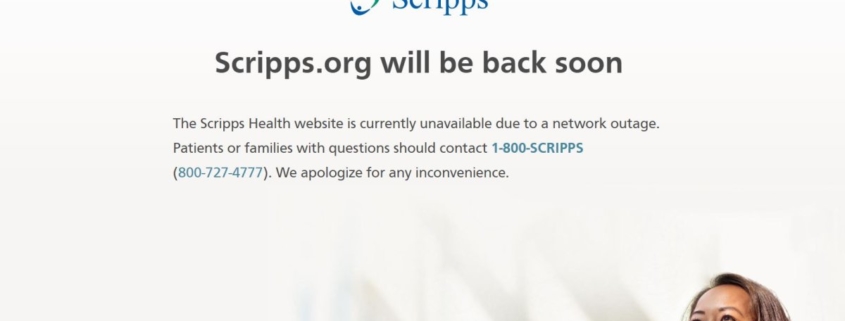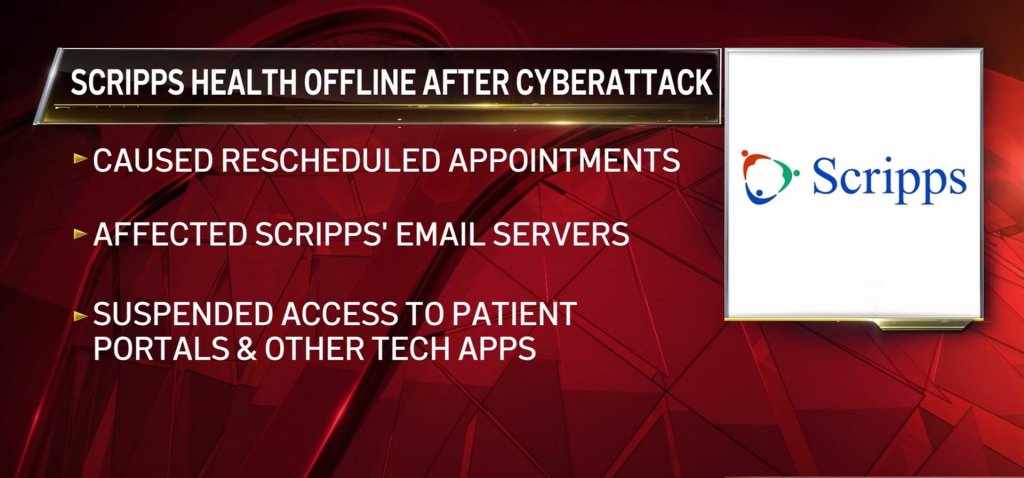Friday, July 16, 2021, San Diego Metro Magazine
The Global Chip Shortage Impact on American Automakers
Visual Capitalist
Chips, or semiconductor devices, are behind all of the world’s increasingly complex electrical and digital devices.
That includes well-known items like computers and smartphones, but also other products that are becoming “smarter” including appliances, watches, and especially cars.
The automotive industry accounts for a large share of global chip consumption, with modern cars having smart and complex entertainment systems, navigation, and sensors. A modern car can have anywhere from 500-1,500 different chips powering its different functions.
But when the COVID-19 pandemic hit in 2020, shifting consumer demands and a slowing economy called for a reduction in semiconductor manufacturing. And unfortunately, it can take the supply chain a long time to come back online, as much as 1.5 years.
American Manufacturers Take the Biggest Hit
As the global economy has started to bounce back and demand for digital devices has increased, the chip manufacturing supply chain has become strained on its still-low supply. And unfortunately for automakers, cars are taking the brunt of the hit.
Photo by Obi Onyeador on Unsplash
Read more…
Sports tech company BlazePod opens first U.S.
office in Vista to support company growth, strategy
BlazePod, the creator of the Flash Reflex (FRX) training program that combines cognitive intelligence with physical exercises to enable athletes of all levels to improve reaction time and performance, is opening an office in Vista.

BlazePod’s office is located at 1281 Liberty Way, Suite A, Vista. The U.S. BlazePod team is led by Brian Farber, head of business development, and Tom Judge, Head of U.S. marketing. The company is looking to hire additional employees in the San Diego area this year.
Founded in 2017, BlazePod has raised a total of $10 million in funding over two rounds, and has experienced exponential year-over-year growth. The San Diego-based team will focus on driving marketing initiatives and sales education, and will also oversee the company’s U.S. operations and strategy.




